 Here’s why the economy has nothing to do with the steep slide at the Kansas City Star…
Here’s why the economy has nothing to do with the steep slide at the Kansas City Star…
The Greater Kansas City area – the whole shebang, not just the Omaha-sized part – is home to more than 90 new automobile dealerships.
That’s a ton – and car and truck sales are up, up, up – well past the doldrums of 2008-2010.
And guess who one of the largest advertisers in the Star used to be?
You got it, car dealers.
For years the newspaper cultivated relationships with local dealerships and practically minted money via its Saturday and Sunday auto ads. The Sunday action has long since gone away – it didn’t help that classified advertising went almost exclusively online.
So Saturday became Car Day at the Star.
Complete with a special “advertising” section designed to attract tire kickers on the weekend prowl looking for a new ride. That was the plan anyway.
And this past year the newspaper upped the ante by redesigning its “classified advertising section” and branding it DRIVE.
Cut to this past Saturday’s Drive section which was 12 pages – three of what passes for editorial, seven and a half of ads, a half page freebie listing and a cover page.
While that may sound impressive at first blush, it’s really more a sign of desperation.
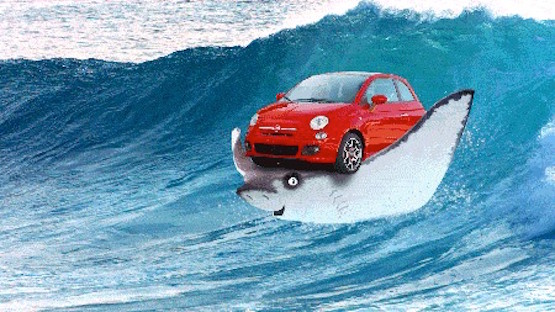 Because out of nearly 100 new car and truck dealers in the Kansas City area – many if not most of whom were probably past advertisers – well over half of the ads in the section were for a single dealership brand; Chrysler, Dodge, Fiat & Jeep.
Because out of nearly 100 new car and truck dealers in the Kansas City area – many if not most of whom were probably past advertisers – well over half of the ads in the section were for a single dealership brand; Chrysler, Dodge, Fiat & Jeep.
In other words, out of the dozens of different car and truck brands in the local marketplace, five of the seven and a half ad pages were for Chrysler products only. The other one and one half ads pages were a combination of free “fun” listings, a “dealer directory” and a teeny-tiny classified section.
Meaning the lion’s share of advertising was comprised of only five car dealers – five.
A Toyota dealer bought a full page ad and a Chevy dealer bought a half pager – that’s it.
No advertsing whatsoever from Volkswagen, Lexus, Mercedes, Subaru, Audi, Cadillac, Buick, Ford, Land Rover, Porsche, Jaguar, Infiniti, Hyundai, Kia, Mitsubishi, Acura, Mazda, Maserati, Lincoln, MINI, Nissan, Volvo, Smart Cadillac or GMC.
None.
And hey, it’s not like these people are no longer advertising. They’re just not advertising in the newspaper – or not very much anymore.
 Which makes the future of print journalism at 18th and Grand a downright scary proposition.
Which makes the future of print journalism at 18th and Grand a downright scary proposition.
I spoke with one large area car dealer recently who told me a mere handful of years back he was spending more than $1 million a year with the newspaper.
Guess what he’s spending now?
A measly $300 a week to be listed in the dealer directory.



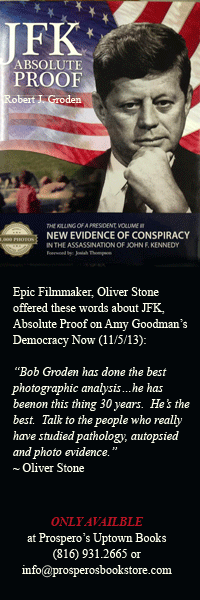
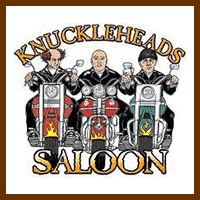

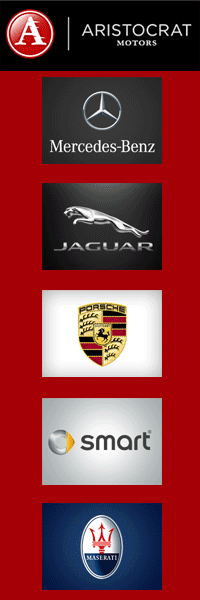

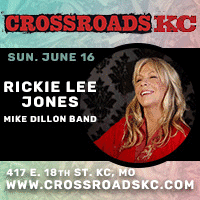

I happen to be shopping for a new car. never occurred to me to check out The Star. doing all the research, pricing, etc. online, including checking out any deals that a dealership puts online, and checking their inventory.
even if I was shopping for a used car, I wouldn’t bother using The Star. AutoTrader, Cars.com, etc., can all provide enough resources. in fact, sold my mom’s minivan for her on autotrader. took three weeks, which I didn’t think was too bad.
In March of 2005 The McClatchy Company (owner of the Kansas City Star) hit an all time high price per share value of $75 per share……today that same share is worth $1.68. The reason for these record drops is directly connected to what is written here.
How long can they survive losing that kind of value. It’s just a matter of time……I think I hear the death rattle!
rd – since you know media, radio in particular, i’ll just add that if I were an advertiser (and i still do albeit rarely now), I’d buy radio any day over the Star except in very specific cases.
Here is what I am going to say…think carefully…selling cars has never been about telling the truth…the BIGGEST mistake The Star made was allowing the Internet to allow users to turn to “online” to find out the truth about cars, pricing and the commerce of the exchange. In other words, the Star lost the trust of the consumer, and car consumer was able to utter those sweet words of epiphany when a relationship goes bad: F.U.
Some guys came to our real estate firm to try and push Internet ads on The Star. We had long since stopped advertising in the paper and they were trying to hussle small ads and banner ads, etc. After they left, I showed my broker and colleagues hod the ad blocking extensions on my browser could eliminate ads almost completely without ever being seen by the public. Needless to say, no one bought any of their ads.
Things have changed in the advertising/marketing business. If you are WorldCom, you can’t call people during dinner to argue with them about how their CEO is better than AT&T and Sprint and they should be using you. For that, you get a hefty fine and notice that you have violated the DNCL (Do not call list), federal and state. Of course, political candidates are exempt. You take a marketing class which says you send out 100 letters, get three responses, one of which might earn you some money, a win-win unless you have to pay your phone bill and pay for postage. You can spice it up if you call the people you send letters to, but, remember the do not call proposition? Even then, it’s no longer true. Marketing is relationship oriented, a referral business. Between LinkedIn, Facebook, and the rest, they are little more than the Yellow Pages used to be (great list of characters but very little plot). It is the referral that drives successful marketing, whether it be talk on the fairway, waiting for the slow players ahead or discussions over coffee, meals and drinks. Newspapers can’t refer. Oh, they try, but even advertisements on television, with some guy you never met telling you what a great deal he got at a car dealer, when you know in your heart and head, he wouldn’t know a great deal if it bit him on the wonkus. However, you know Pete, Chad and George, and they seem happy, so you ask. You do not look at the newspaper. You do not look in the phone book or internet to find anything more than the address. It is a changed world in marketing, and while the newspaper may have gotten a few used car listings away from the internet, a few new car dealers expecting their Buicks, Toyotas, and Chryslers to drive the doors, Hearne has been successful in providing for the more upscale client, the readers of KC Confidential. He advertises Mercedes, Jaguar, Porsche, Smart, and Maserati, making the reader feel privileged. Now, that’s marketing!
How the hell do these political clowns get around the don not call list?